From the June 2023 issue of Apollo. Preview and subscribe here.
‘Video is everywhere […] it has pervaded all aspects of our life,’ says the curatorial statement at the start of the Museum of Modern Art’s massive exhibition ‘Signals: How Video Transformed the World’ (until 8 July). It is showing nearly 90 works, ranging from Stan VanDerBeek’s dome-shaped installation Movie-Drome, made in the mid 1960s, to Tiffany Sia’s short film Never Rest/ Unrest, made as Hong Kongers rioted in 2019. Since large video art shows like this are rare, it has been making waves. Artforum, the bible of the contemporary art world, devoted its May issue to the medium. Barbara London, who founded MoMA’s video-art programme in 1974, declared it ‘an extraordinary exhibition that will have impact for years to come’.
In her book Video/Art: the First Fifty Years (2020), London traces its trajectory from ‘a field on the periphery of the art world’ to one in which ‘artists now work with the latest technologies on a routine basis’. Artists, museums, biennials and Kunsthallen are all convinced. At the upcoming Liverpool Biennial (10 June to 17 September) there will be film and video by artists from Africa and its diaspora, while Tate Britain has turned over one of its major exhibition spaces to a survey of ten films by Isaac Julien.
The art market, however, remains immune. On the secondary market, where art first bought directly from artists and galleries is resold, the presence of film is negligible. At auction, even works by famous artists such as Vito Acconci typically sell for less than $40,000. Works by the next generations of artists, such as Cory Arcangel, Candice Breitz and Petra Cortright – all of whom are widely shown in museums and biennials – carry estimates as low as $10,000 and often fail to sell.
At the top end of the auction market the difference between traditional and new media is stark. The highest price for a video remains Bruce Nauman’s No, No, New Museum (1987), which sold at Christie’s New York in 2016 for $1.6m. In the past five years just two works of video art have sold for more than $1m – and one of those was Woldgate Woods, Winter (2010), a film of a snowy British landscape by David Hockney, making a rare foray into the medium. In the same period nearly 2,500 paintings by post-war and contemporary artists, and even seven non-fungible tokens, have passed the $1m mark.
Things are better in the primary market, where most galleries have film and video artists on their rosters. But they don’t tend to take their work to the most expensive art fairs: outside special curated sections such as Unlimited and Parcours, there won’t be much at Art Basel this month (15–18 June). Meanwhile, just ten or so galleries have confirmed they will be showing film and video at London Gallery Weekend next month (2–4 June), despite the participation of around 125 galleries.
‘Ten years ago we used to see more photography, video and media art, but not so much now,’ says gallerist Jochen Meyer. He is a senior member of Art Basel’s selection committee and his gallery, Meyer Riegger, represents a number of artists working in film. He says galleries are wary about bringing video to fairs because ‘it is difficult to integrate it into an art fair stand with more classical media like painting’. But he also acknowledges that, as an art form, ‘it is less attractive to private collectors’.
Little seems to have changed since 2016, when SFAQ magazine published a paper by the Belgian art collector Alain Servais. In it he wrote: ‘I am a strong believer in the quality, relevance and importance of moving image art […] but how is it that 20 per cent of major biennales and surveys are videos, while at a large global art fair it will be less than 1 per cent?’ He called for a complete rethink of the video art market, writing ‘the way the current system produces, distributes and monetises this art form is flawed to the point of endangering its development’.
Art film dates back to the 1940s, when Julien Levy – who championed the Surrealists, Alfred Stieglitz and Alberto Giacometti among others – showed experimental films in his New York gallery. By the 1960s art film was being made by artists including Robert Rauschenberg, Andy Warhol, Bruce Nauman, Joan Jonas and Nam June Paik. In 1964 Warhol made Sleep, one of his earliest and most famous films. A 321-minute set of takes of his then partner, John Giorno, in bed, it has inspired many imitators – not least Sam Taylor-Wood’s David (2004), which features the footballer David Beckham. Nauman, meanwhile, began creating films and videos capturing himself performing repetitive movements in an otherwise bare studio. Work like this resonated in an era of radical transition, but it also contributed to an idea of video as niche, minimal and conceptual.
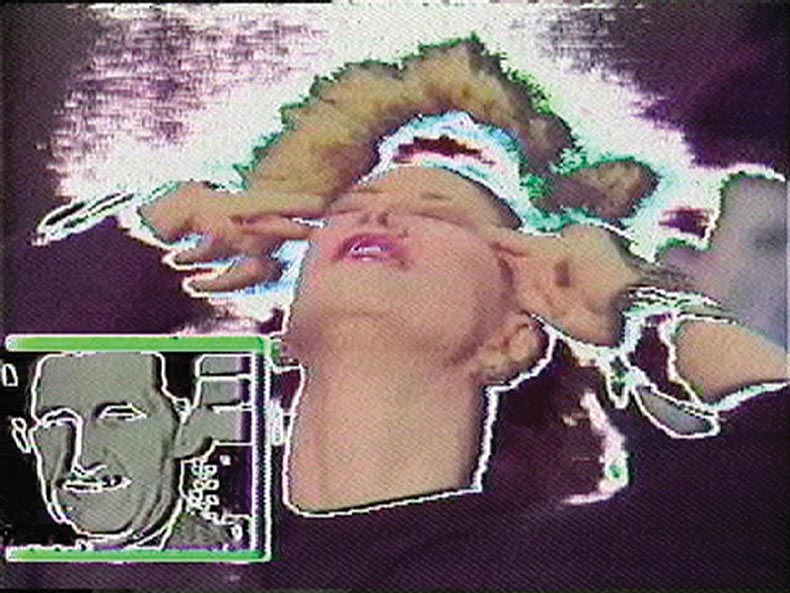
Still from Good Morning Mr. Orwell (1984), Nam June Paik. Courtesy Electronic Arts Intermix (EA), New York; © 2023 Estate of Nam June Paik
This began to change in the 1980s when Bill Viola, followed by a younger generation of artists, began to embrace video’s cinematic and immersive qualities, often presenting multi-screen installations. The explosion of international biennials and contemporary art museums in the early 2000s finally gave video artists a platform to show their work. Douglas Gordon, Pipilotti Rist, Isaac Julien, Francis Alÿs, Steve McQueen, Yael Bartana, Cao Fei, John Akomfrah and others showed that film could be emotionally powerful and aesthetically attractive, while still embracing issues such as history, race, gender politics and identity. Some videos became cult classics – most notably Matthew Barney’s five-part, nine-hour Cremaster Cycle (1994–2002) and Christian Marclay’s 24-hour-long The Clock (2010), which generated enormous queues for its carefully controlled showings.
Video artists now take many paths: some have expanded into performance, some into computer games, others into documentary. Several of the most exhibited artists on the biennial circuit – and, by extension, in museums and Kunsthallen – are now principally video-makers. These include Korakrit Arunanondchai, Apichatpong Weerasethakul, Tuan Andrew Nguyen, Marwa Arsanios, Zheng Bo, Hito Steyerl, Tabita Rezaire and Ian Cheng. But this is a parallel universe to the world of art fairs and auctions. Likewise, most of the hot young painters at auction, such as Amoako Boafo, Nicolas Party and Loie Hollowell, ‘have no special powers in biennale world’, as the critic Ben Davis puts it – and vice versa.
The reasons why the art market is challenged by video are integral to the medium. Film is difficult to present even for museums, especially large-scale, multi-screen pieces, which often require structural alteration to spaces and sound-proofing. When Isaac Julien’s Ten Thousand Waves was first shown in 2010 at museums including the Kunsthalle Helsinki and the Bass Museum in Miami it was presented on nine large screens suspended from the ceiling. An important part of the experience of the film, which follows the myth of the Chinese goddess Mazu, the rapid urbanisation of the port city of Shanghai and the deaths of 23 cockle-pickers in Morecambe Bay, is having to weave physically between the different narratives.
Time itself is another barrier. It is hard to present video as a backdrop to a dinner party or corporate reception, while to get anything out of the experience exhibition visitors need to resist the temptation to simply give works a quick scan and move on. The Tate says that most museum visitors spend an average of only eight seconds on each painting on display. Nevertheless, done well, video shows can be absorbing and attract younger audiences. Anita Zabludowicz, founder of the north London-based Zabludowicz Collection, says that its latest show, by the Shanghai-based video artist LuYang, ‘broke all records’. It built on the success of previous video exhibitions, notably by the Scottish artist Rachel Maclean and the Canadian Jon Rafman, who have both gone on to have international careers. The collection’s senior curator Paul Luckraft says that these shows ‘seem to have resonated in the most interesting way and been most successful at bringing new visitors to us’.
Nevertheless, the small number of collectors who buy video say that the way the market for it operates remains deeply flawed. Alain Servais has bought works by William Kentridge, Ryan Trecartin, Mika Rottenberg and Ian Cheng, among others. He says there are far more problems involved in buying an edition of an easily reproducible digital artwork than an original painting or even an editioned print. There is no standard contract for buying a video, Servais points out – so that it is ‘closer to acquiring a licence’ than to buying a physical work of art. Once you have bought a work, artists can make further editions, put works on TV and control where it is displayed, including museums – conditions that would never apply to a painting or print.
Meanwhile, there is no common standard on who preserves and has access to the master tape, or rights to a copy if an edition becomes corrupted. Servais suggests that collectors and galleries should come together to agree ‘a standard set of rights and duties between buyers and sellers. Because this is a fantastic medium that is being starved of money.’
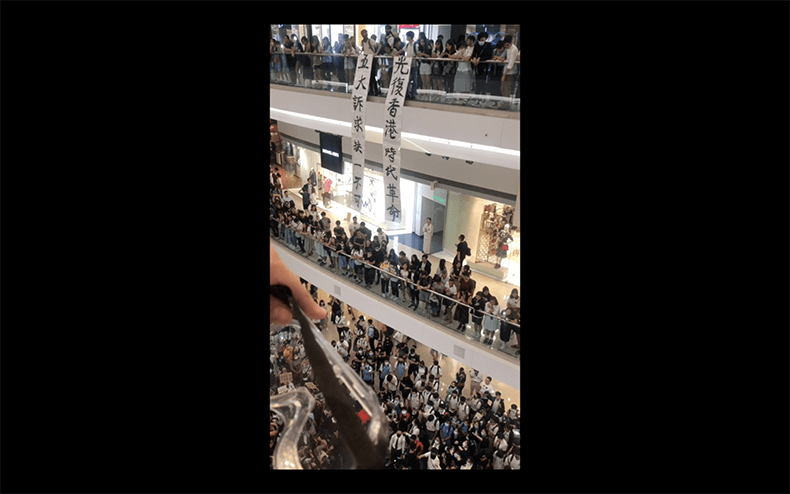
Still from Never Rest/Unrest (2019) by Tiffany Sia, Museum of Modern Art, New York. Photo: courtesy MOMA; © Tiffany Sia
It is hard to make the sums for video production add up. Insiders say ambitious works can cost hundreds of thousands of dollars to produce, even before artists pay themselves or the gallery’s percentage. But editions, usually of three or five, even by well-known artists are rarely priced above $100,000, while works by less established artists can go for a tenth of that. Artists must hustle to get money from public agencies, grant-making bodies, philanthropic collectors and, if they can, up-front cash from groups of co-producing museums. Some need side jobs as lecturers or technicians or in the film industry.
The answer for some artists is to keep costs to a minimum. Tiffany Sia made Never Rest/Unrest with an iPhone, and she has said ‘anyone could have shot it.’ This chimes with Barbara London’s recollection of New York’s early video scene. ‘Artists living in penury pooled equipment, contributed to each other’s work […] most video makers reused tapes or stashed work in damp basements where, forgotten, they turned to gunk,’ she recalls.
The commercial art world didn’t work for video art in the 1960s and in many ways it doesn’t now. For some, that is undoubtedly a problem. But it is unclear how much appetite there is for change. Primary market galleries are often preoccupied with selling their most commercial artists, who are nearly always painters. Meanwhile, like the early video pioneers, many of the emerging generation of video artists are overtly political, anti-colonialist and sceptical of capitalism – and they appear uninterested in dealing with the mores and machinations of the market. When artists choose video as their medium now, that is perhaps part of the message.
Original auction data for this article was produced by the London-based research firm ArtTactic.
From the June 2023 issue of Apollo. Preview and subscribe here.
Unlimited access from just $16 every 3 months
Subscribe to get unlimited and exclusive access to the top art stories, interviews and exhibition reviews.

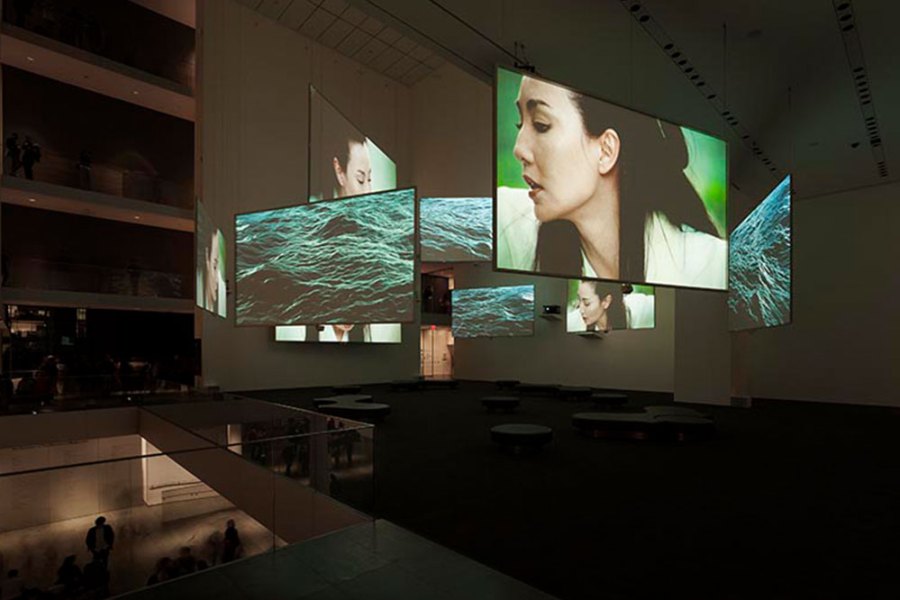

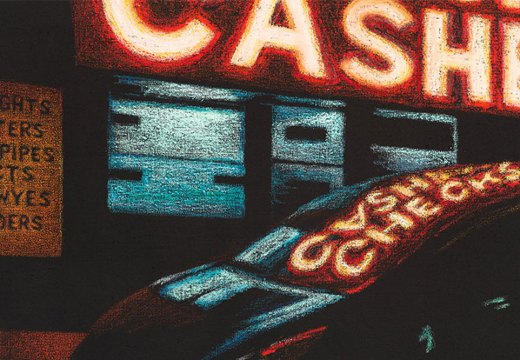
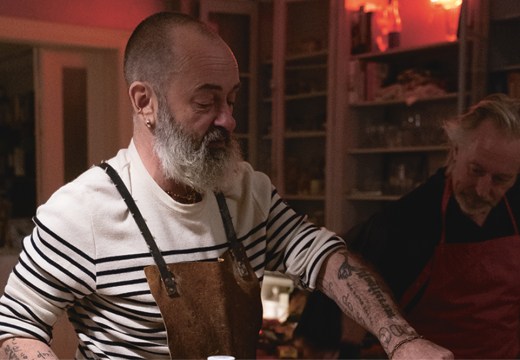









![Masterpiece [Re]discovery 2022. Photo: Ben Fisher Photography, courtesy of Masterpiece London](http://www.apollo-magazine.com/wp-content/uploads/2022/07/MPL2022_4263.jpg)
It’s time for the government of London to return to its rightful home